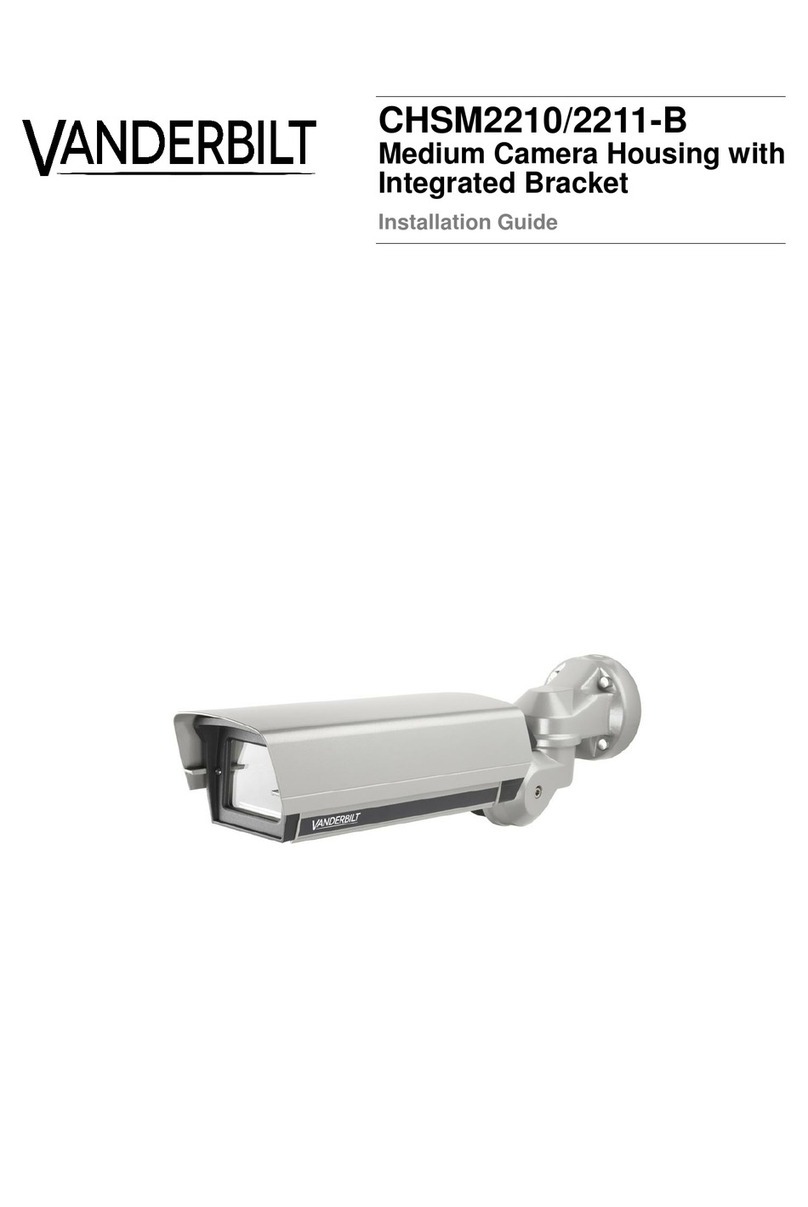
Contents
1Safety .......................................................................................................5
1.1 Target group..............................................................................................5
1.2 General safety precautions.......................................................................5
1.3 Meaning of the signal words .....................................................................6
1.4 Meaning of the hazard symbols................................................................6
2EU Directives...........................................................................................7
3Technical data .........................................................................................8
3.1 Specifications............................................................................................8
3.2 Mechanical dimensions.............................................................................9
3.3 Key to parts...............................................................................................9
4Scope of delivery ..................................................................................10
5Installation .............................................................................................11
5.1 Accessing the inside of the housing enclosure.......................................11
5.2 Fitting the power supply modules ...........................................................12
5.3 Cable entry into the camera housing ......................................................14
5.4 Fitting the camera and lens.....................................................................14
5.5 Mounting the camera housing assembly ................................................15
5.6 Connecting to the power supply..............................................................16
5.7 Adjusting the sunshield...........................................................................17
6Maintenance and service .....................................................................18
7Disposal .................................................................................................18




























